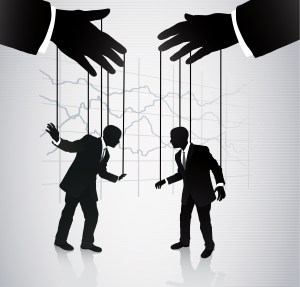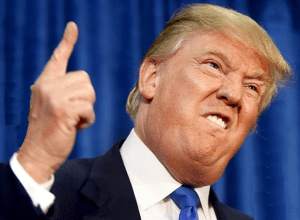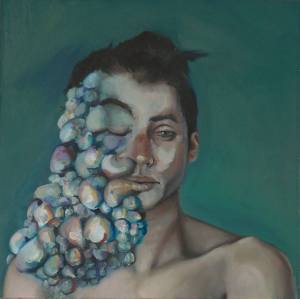For some the idea of a market for human parts seems vulgar and disrespectful. But the logarithms that Nobel laureate Al Roth has developed show a different side to the market: one where a pure win-win situation can become possible. Al Roth and Lloyd Shapley won the Nobel Prize in Economic Science for their work on matching theory, which includes lifesaving kidney transplant chains. This month the NHS announced a 50% increase in organ donation in the UK over the past 5 years, showing how improvements are possible. However, despite these improvements, the objection to these kinds of markets continues. Many places choose to ignore the possibility of increasing efficiency and lives saved, and their reasons are varied.
There are no payments involved in Roth’s kidney transplant chains. All that is needed is a system of matching those in need of kidneys with those who are willing to donate. Often a family member or friend may not be a blood-type match with the loved one they wish to help. Roth’s work forms a chain so that each donor has a matching recipient, and the loved one they would have wanted to donate to receives a kidney from another donor in the chain. This is a complicated process, as there needs to be a way of maximizing the amount of people in the chain while minimizing the risk of somebody backing out and breaking it. But the process has worked, and has been used successfully since 2007.
One of the most obvious objections comes from the idea that any kind of trade in organs is dehumanizing and somehow challenges the sanctity of life. Though no religion forbids donation outright, many claim that it is wrong. Nonetheless, this is slowly changing as the risk of donation decreases. Judaism, for example, has gone from opposing organ transplantation to deeming it a ‘mitzvah chiyuvit’, or obligatory mitzvah, to donate after death and a ‘mitzvah kiyumit’, or praise-worthy act, to donate a kidney or other organ that is done by living donors.
Despite these advances, many people, religious or not, still have qualms with this market for organs. Yet consider the alternative. In Japan, the shortage of organs is chronic and a recognized social problem. This has led to a growing black market for organs, which not only promotes crime but also means procedures are neither regulated nor safe. Interestingly, in the case of Japan, the objection to organ donation is in accepting the organ of someone who has died, yet there is little objection to organs from live donators, therefore live organs make up 70% of kidney donations in Japan.
In the US, reimbursements for expenses or even tax deductions are given to live organ donors as a way to incentivize donation. The kidney donation chains discussed are highly regulated, but performed with no limits on the amount of participants that can be involved in any one chain. In the UK, living kidney donation is encouraged by the Renal Taskforce, an initiative supported by the National Health Service to help streamline the process of live kidney donation.
Iran remains the only country to allow a paying market for organ donation. The Iranian government pays US $1,200 to kidney donors, eliminating completely the waiting list for kidney transplants. This provides a huge incentive, especially to those who would want to donate but who could not previously because they couldn’t afford to take time away from work and pay for medical costs. Here it is not the person getting the kidney that pays for it, which means that it is no longer only the rich who can afford such operations. However, those receiving the kidney can also pay the donor on top of this government payment. Of course, in such a system there is always concern for those who donate out of desperation in order to receive the monetary reward.
Countries have three main positions to take on organ donation. They can allow paying for organs in order to avoid an unmonitored, unsafe black market. They can disallow any market activity, paid or unpaid, in order to guard the sanctity of the human body. Or they can find a middle ground and allow an unpaid market in the style of Al Roth’s kidney transplant chain, to increase the amount of lives saved without compromising the care given to patients. This last option enables success stories like that of the UK; a success story that can be replicated elsewhere if innovation in the field is encouraged.
- Amanada Haraldsson




